By Alex Trukan
Playing with a midfield four when out of possession is arguably the most popular way of setting up your midfield unit to defend. It is also relatively the simplest way of defending to coach and play based around several roles and responsibilities. If executed correctly, it is also one of the most effective methods of preventing the opposition playing through midfield areas. It is especially effective when the ball is in wide areas. On the other hand, the main drawback of playing with a flat four is lack of players in half spaces between the units what poses a challenge when the ball is centrally and the opposition attempts to play through the middle between the players, breaking the whole line.
The area in which the pressing starts to be applied will depend on the team’s tactics. In this article, the team used for the analysis applied mainly medium pressing. Therefore, as the ball is played on the opposition half, the role of the midfield would be to slide across and screen opposition midfielders trying to intercept the through balls. If the ball stays in front of the strikers, it is their role to apply pressure on the ball. Only after the ball gets passed the strikers line, the role of the midfielders to press starts. It is crucial for the players to understand as pressing too high and in wrong situations (i.e. when its strikers role) will create gaps.
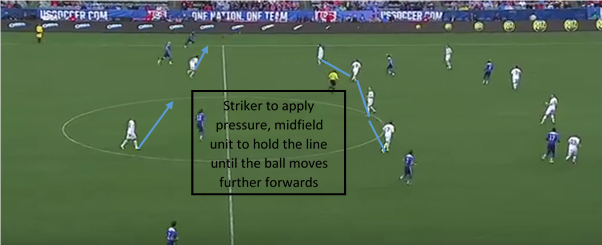
As soon as the ball is behind the strikers line and it’s on to press (depending how high the team wants to press), the first player to apply pressure in wide areas is wide midfielder. His angle of approach as well as body position might show outside or inside. Nearest central midfielder comes across to support (within short sprinting distance) and other two midfielders narrow up to provide cover.
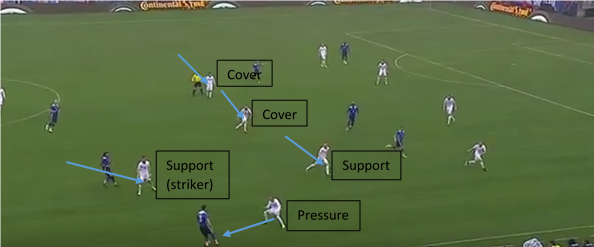
Midfielder supporting and covering spaces around the ball will often have to react to the movements of the opposition players. That might mean tracking the midfielder as he makes a forward run. Any gaps should be covered by other players narrowing further up. That will obviously open up spaces away from the ball but the key is pressure on the ball which should prevent that long pass from happening.
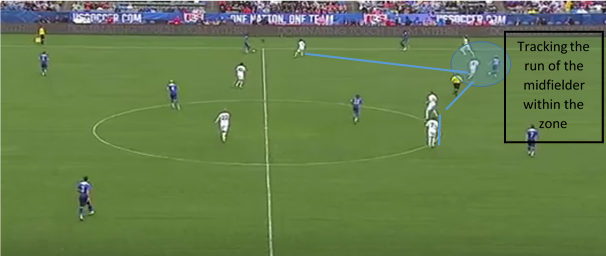
When the ball is centrally, the key is to prevent the balls through the centre, often into players positioned between the units. That will mean narrowing up and getting really close to each other what might open up spaces in wide areas but will prevent the bigger threat (defending priorities). Checking shoulders and sideways body position is the key.
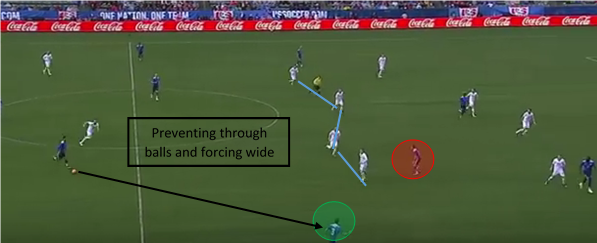
At times, due to the movement of the opposition players, the shape of the midfield four might look unbalanced but it is crucial to find balance between reacting to the movements by marking the player within the zone and staying in the original shape. When playing with this shape, the priority is to prevent through balls and force back or sideways to apply a pressing trap also using full backs or strikers.
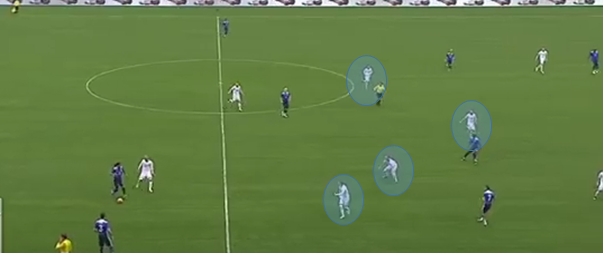
That is why, cooperation between units is one of the predictors how effective the team will be out of possession. Whichever shape the midfield four play, it should be related to the shape of the strikers and back units. For example, not having a defensive midfielder and playing with a flat four in midfield will force more forward movements from the centre backs (i.e. to track the striker dropping), what will then further narrow up the back line restricting options to use full backs in attack.
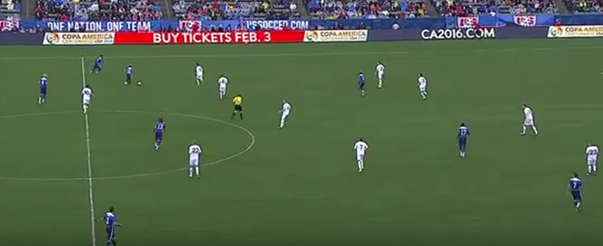
That links to the theory that tactics of the team should link between the phases (attack/defence/transition) as the way your team defends will influence attacking capabilities and options in transition to attack.
By Alex Trukan, Development Coach, Nottingham Forest
@AlexTrukan


